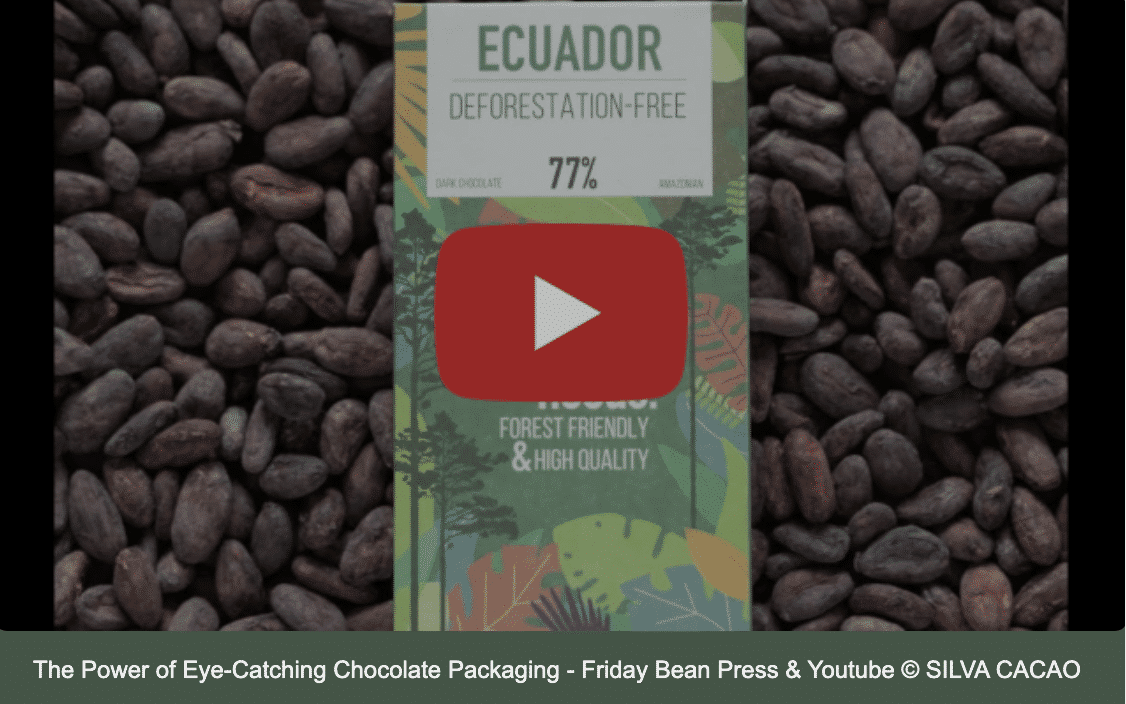THE POWER OF EYE-CATCHING PACKAGING
SILVA’s Ultimate Chocolate Bar Wrapping Guide
LOVE AT FIRST SIGHT
In the chocolate world as well, first impressions are key. The taste of the bar, the mouthfeel, the look and feel of the bar; from the colour to the texture, they all matter. However, these are not the first impression. The packaging of your chocolate, the design of the wrapping and the overall appearance make all the difference in whether someone takes it off the shelves or not. Tasteful colours, snazzy designs, and a bold branding can make your chocolate bars the ‘Belle of the Ball’.
Fine-tuning the most ideal way to wrap your chocolate bar can be quite complex, but fear not chocolate lovers, The Silva team is at your service!
In this smart insight, we’ll give you the ultimate guide on how to give your precious little bars of chocolate the packaging they so deserve. From ideas, via tips and tricks to all the legal mumbo jumbo, we’ve got you ‘covered’.
So, lean back, grab a chocolate bar (not the one you will wrap, save that for later), and let’s make your chocolate a star.
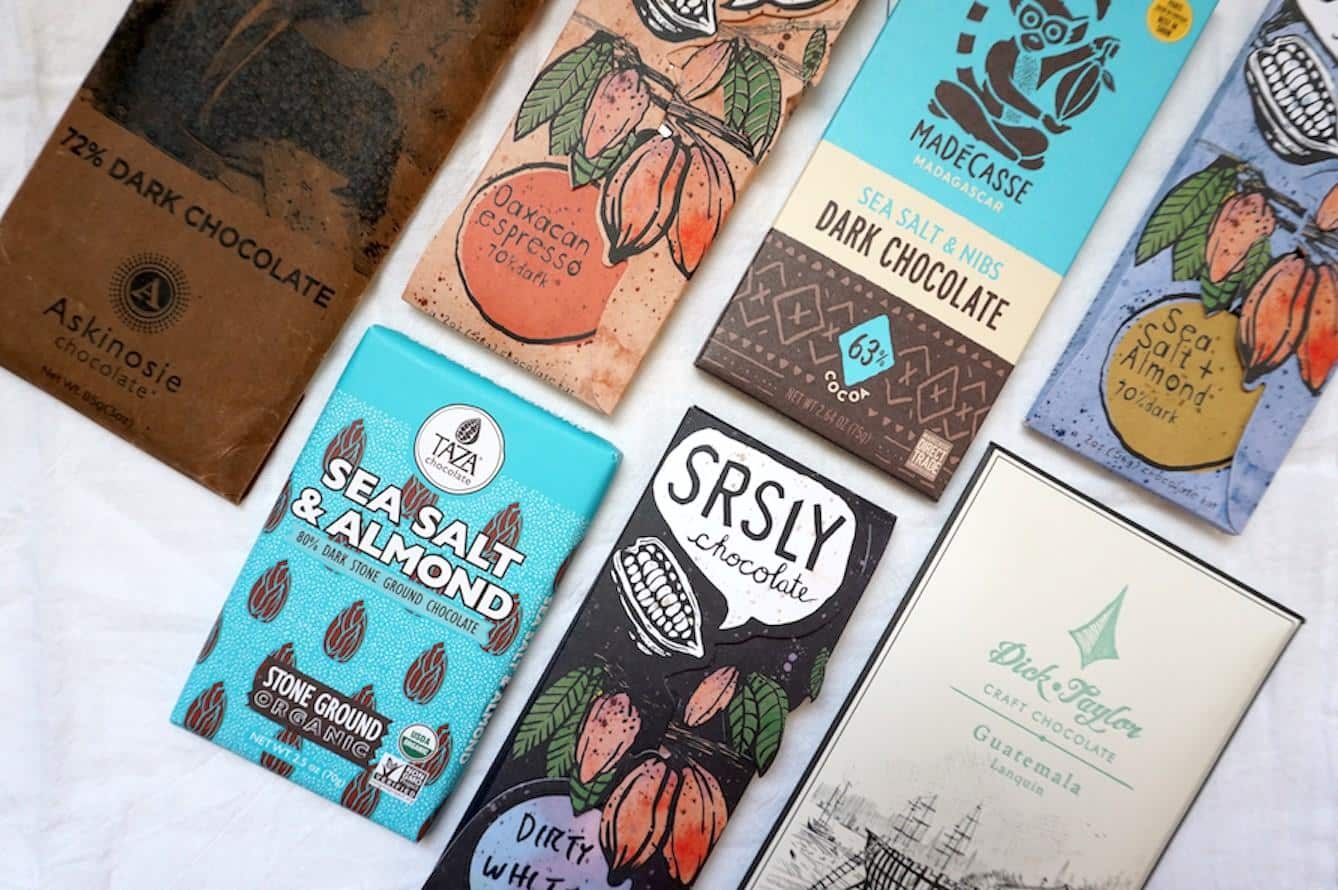
A FEW POINTERS TO GET YOU STARTED
1. PROTECTION
To ensure that the chocolate stays fresh and delicious, it is important to choose the right packaging. There are several requirements that chocolate packaging must meet in order to keep the chocolate in optimal condition: an optimal oxygen barrier, correct moisture resistance, accurate heat sealing at low temperature and good airtightness.
Optimal Oxygen Barrier: Excessive contact with oxygen can cause chocolate to oxidize, leading to an unpleasant taste. Milk and white chocolate are more susceptible to oxidation due to their high dairy content and low cacao content.
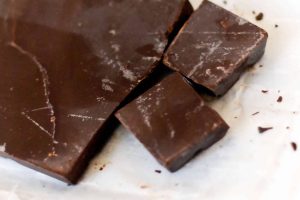
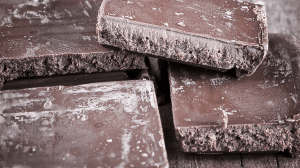
Correct Moisture Resistance: In humid environments, the sugar in the chocolate can dissolve, leading to the formation of white particles on the surface of the chocolate. This is known as chocolate blooming. Proper packaging with a high moisture barrier helps prevent this from happening.
Accurate Low-Temperature Heat Sealing: Chocolate is easily melted when exposed to high temperatures. High-temperature heat sealing can cause the chocolate near the seal to melt, affecting the cleanliness of the packaging.
Good Airtightness: Good airtightness is a basic requirement of all food packaging. Poor airtight packaging allows air and moisture to penetrate, which can affect the quality and taste of the chocolate in the long run. It also protects against any unwelcome guests like the cacao moth, which does not discriminate between cacao and chocolate.
↦ Understanding the pros and cons of different types of packaging can help you make an informed decision and keep your chocolate in the best condition possible.
2. LABEL, LABEL, LABEL
As important as the above factors are, there is another essential aspect to take into account: the legislation. European packaging legislation can be strict, especially when it comes to food products such as chocolate bars. Therefore, it is essential to stay up to date with the laws and regulations in your country to avoid any fines.
So first things first. What should be mentioned on your packaging?
↦ The main legislation that applies to chocolate packaging in the European Union (EU) is the Food Information to Consumers Regulation (EU) No. 1169/2011.

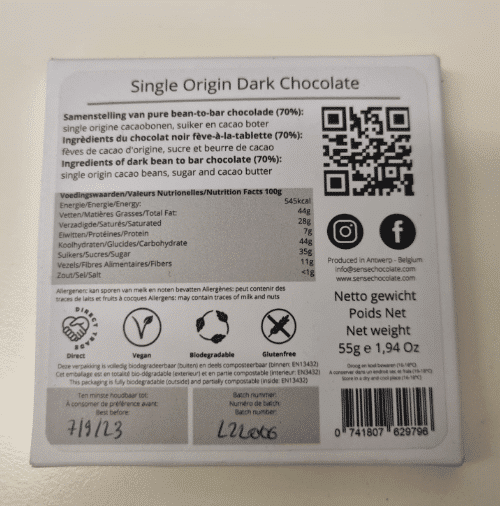
↦ According to this regulation, all chocolate packaging must contain the following information:
- Product name: The name of the chocolate product must be clearly and legibly stated on the packaging
- List of ingredients: The ingredients must be listed in descending order by weight, and must be clearly identified by their specific names.
- Allergens: Allergens used in the production of the chocolate must be highlighted in the ingredient list
- Nutritional information: The nutritional information per 100g or per portion must be stated on the packaging.
- Date of minimum durability: The packaging must state the date of minimum durability, which indicates until when the product will retain its specific characteristics.
- Name and address: The name, address, and production plant address of the food business operator responsible for the product must be stated on the packaging.
- Net quantity of the product: The net quantity of the product must be clearly stated on the label
↦ It’s also important to note that some chocolate products may be subject to additional labeling requirements, depending on their composition or the way they are marketed. For example, chocolate products that are labeled as “organic” must comply with the EU regulations for organic products, which include specific labeling and production requirements.
↦ In addition to the mandatory labeling requirements, there are also so-called “soft labels.” These are additional labels that manufacturers can add to their packaging to give consumers more information about their product.
- Soft labels can include info about the product’s vegan, gluten-free or biodegradable packaging status, among other things.
- Soft labels are a great way for manufacturers to give consumers more info about their products and differentiate themselves from their competitors. By adding easily recognizable logos to their packaging, manufacturers can help consumers make more informed purchasing decisions and increase brand visibility.
- Finally don’t forget to mention any awards or certifications that your product has received. These accolades can provide valuable info to consumers about the quality and standards of your product. For example, if your chocolate product has won an award for its flavour or sustainability, make sure to include that info on your packaging or marketing materials

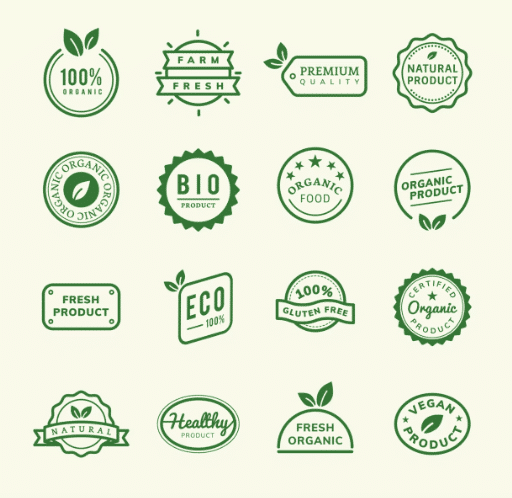
3. STAND OUT IN THE CROWD
Packaging is not just a protective covering or legal disclaimer, but also a crucial aspect of branding and marketing. It plays a crucial role in the purchasing decision process. The design of packaging can communicate the brand’s identity, values, and product attributes, creating an emotional connection with consumers. This connection can lead to increased brand loyalty and recognition.
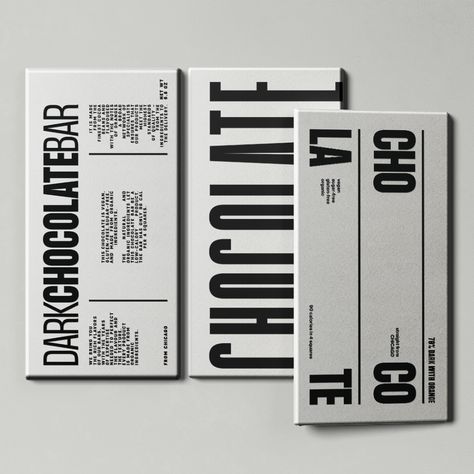
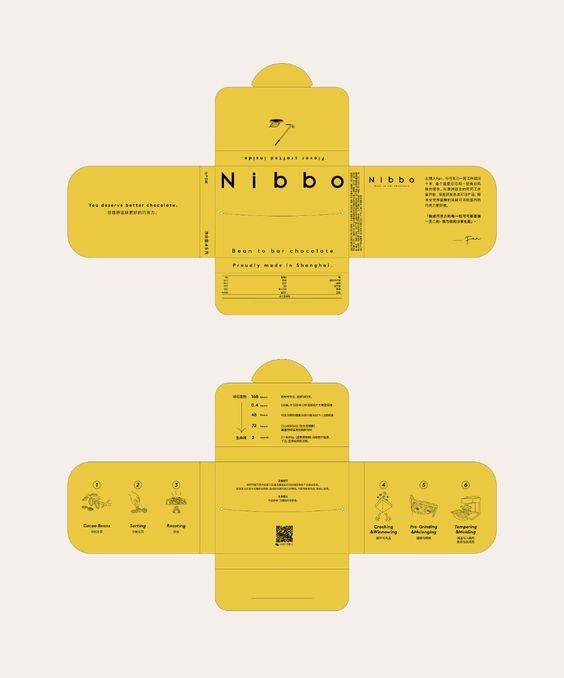
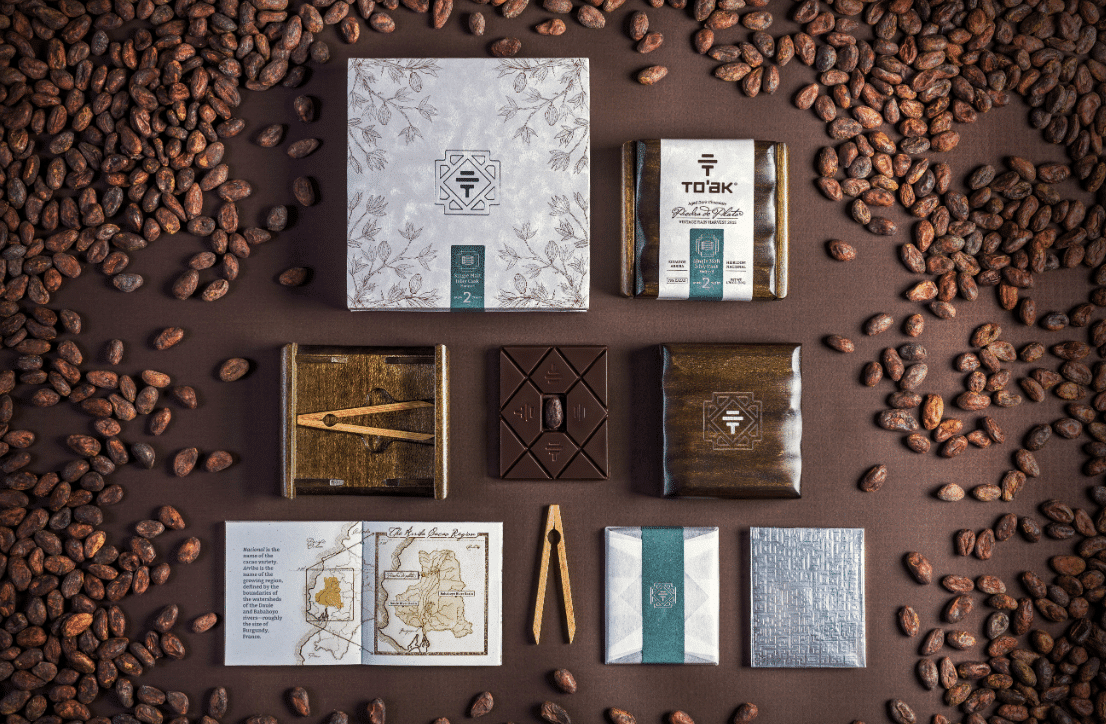
A. THE ART OF STORY TELLING THROUGH PACKAGING
Everybody loves a good story, and including one in your packaging can create a connection with your customers. Whether it’s the story of your chocolate-making process, the origins of your cacao beans, or the inspiration behind your flavours, a well-crafted story can make your chocolate bars more memorable and appealing.
Here are a few inspirational storylines, scenarios, ideas, messages we came across and that we really loved:
° ECO-CONSCIOUS MINDSET
If you are an eco-conscious chocolate maker, you can not only opt for eco-friendly packaging, (ranging from biodegradable wrappers via reusable tins to recycled cardboard made with cocoa pods), but you can also incorporate this eco-conscious way of business into your storytelling. For instance, if you pay attention to sustainable production and waste processing processes in your policy and implementation, then this aspect can be a nice part of your storytelling. Eco-conscious customers may be particularly charmed by this shared interest and attitude.
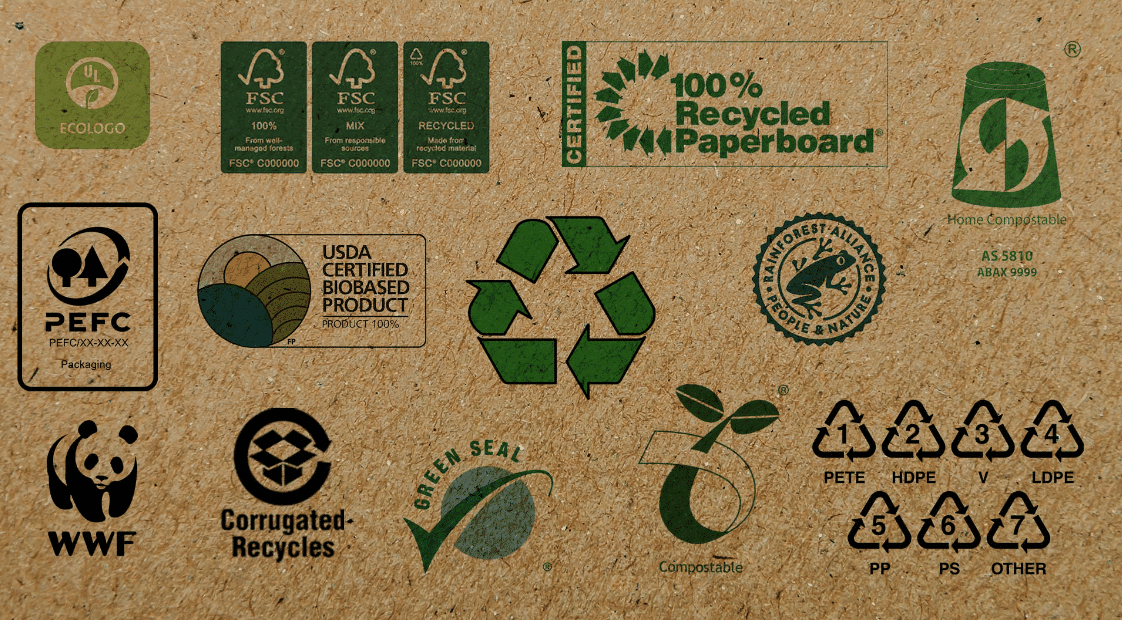
° DEFORESTATION-FREE CACAO
If you use deforestation-free and forest-friendly cacao beans for your delicious chocolate, it is certainly an added value to communicate this on your packaging. You could even say: ‘the more you eat, the better for the planet’. Guilt-free chocolate shopping and eating in one ;-)
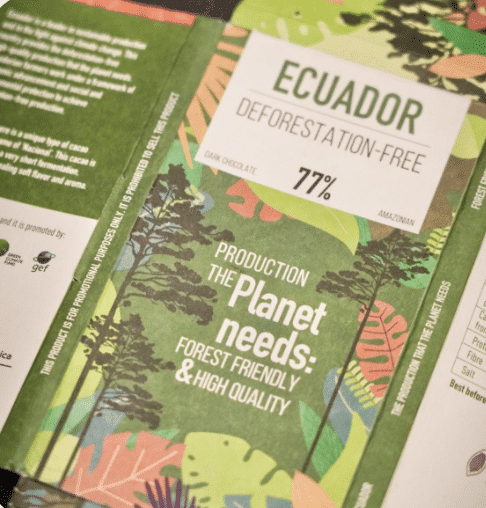
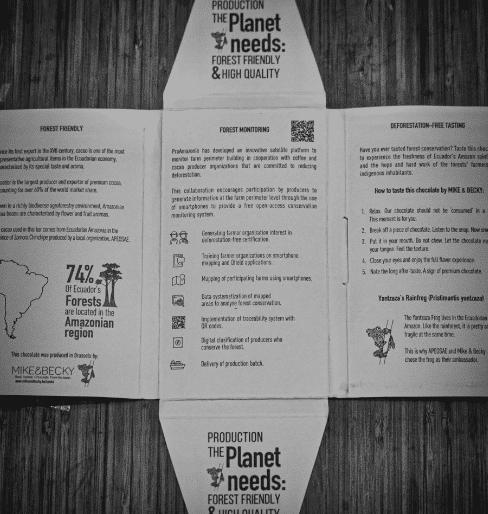
° SOCIO-ECONOMIC / EDUCATIONAL SUPPORT
Some chocolatiers work with beans from origin partners who train their farmers so they can generate a new sustainable income to support their families and communities. By buying and eating this chocolate, you are helping local partners, farmers, communities and education programs that care for it.
° LOCAL GOURMET / INGREDIENTS
Beautiful packaging and clever messaging recently led us to delicious tasting chocolates. Triggered and inspired by the ingredients, – the specialty cocoa was enriched with local ingredients/indigenous plants such as angelica, meadowsweet, fennel, sea buckthorn berries,.. – we bought this deliciousness. We never regretted our impulse, on the contrary, we are now sharing this discovery with you :-)
° PACKAGING-FREE – CACAO ‘AL COMMANDO’ – BULK
Even the story that you have no packaging at all, can give a clear message, and appeal to some cacao lovers. We ran across organic and packaging-free chocolate, accessible to all, sold exclusively in bulk, without palm oil, colouring or preservatives. We were charmed by the simplicity and authenticity for a zero waste gourmet break.
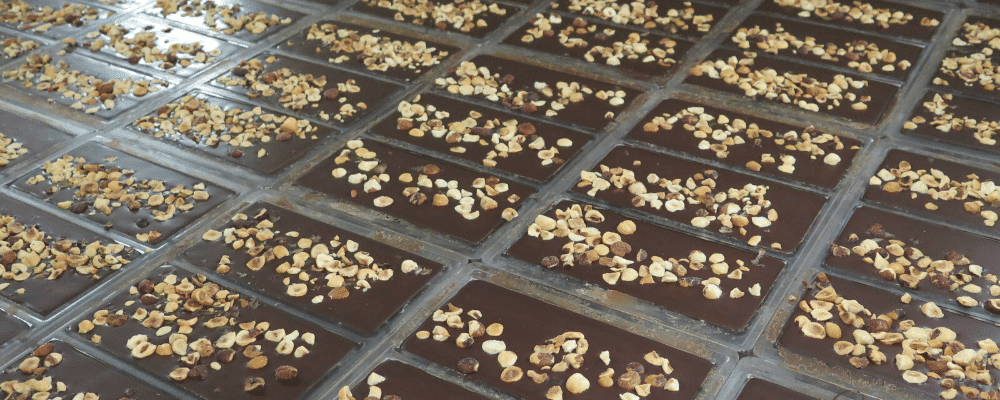
↦ At Silva, we are proud of our motto: “cacao with an identity”. We are more than just a source of high-quality cacao beans. We believe in sourcing cacao that not only tastes great, but also has a meaningful backstory. Whether it’s a social or environmental initiative, these stories are important to us and we want to share them with our customers, chocolate makers and farmers. That is why we are happy to help you bring the story of the cacao farmers to life through storytelling on your packaging. Many of our cacao’s background stories can be found on our website. If you can’t find what you’re looking for, or need some more insights, don’t hesitate to contact us.
B. DESIGN MATTERS – BUILDING BRAND LOYALITY
The design of packaging can communicate a lot about a brand and its products. Packaging design can create an emotional connection with consumers, which can drive brand loyalty. A sleek and modern design, for example, can communicate innovation, while a rustic and natural design can convey authenticity. You also want them to recognize your brand and know what to look for. When consumers see a familiar packaging design, they are more likely to associate the product with the brand and feel a sense of trust and familiarity. This consistency will help to differentiate your brand from your competitor.
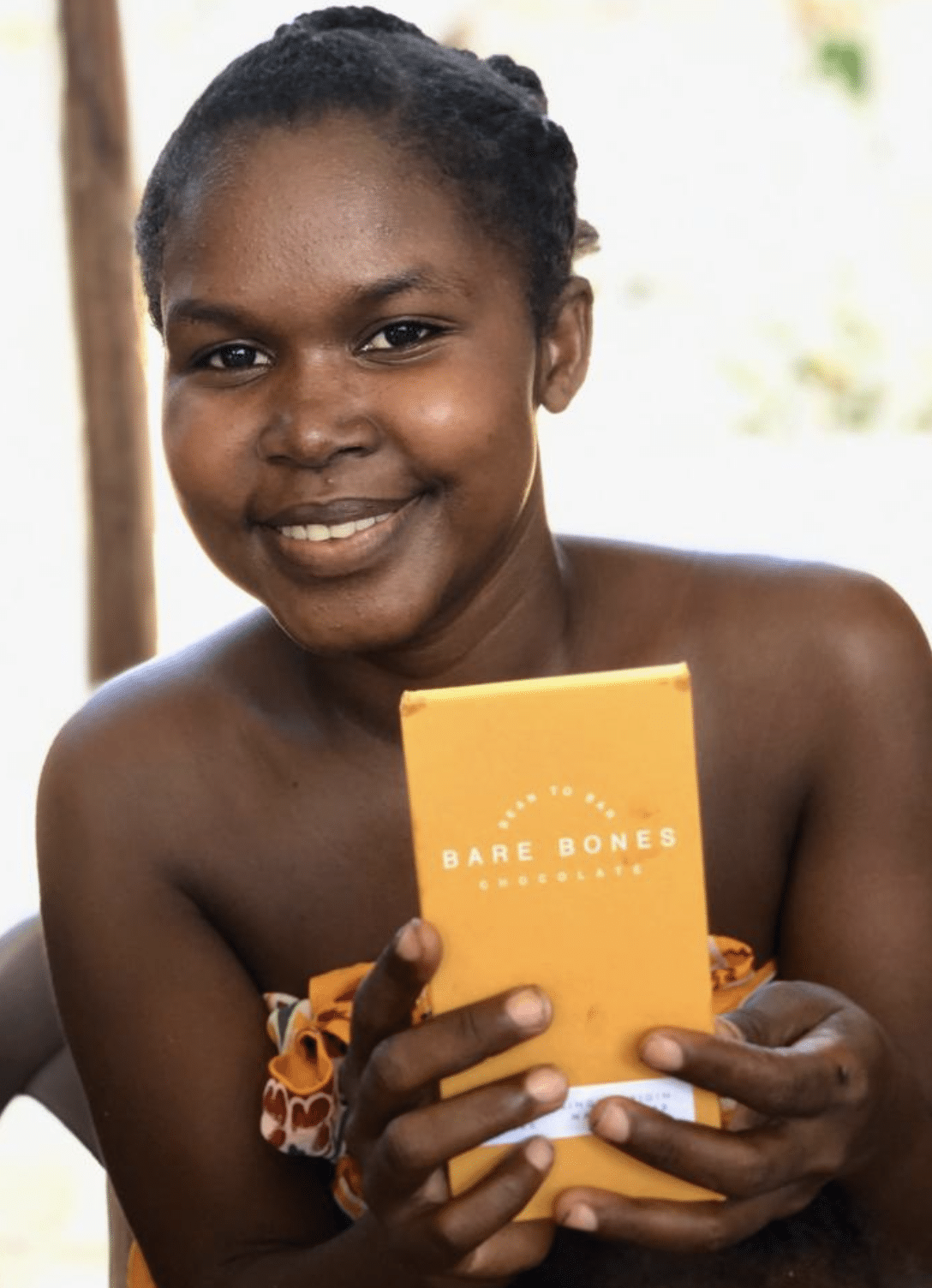
WRAPPING UP
LIFE IS LIKE A BOX OG CHOCOLATES
In a nutshell, packaging is more than just a means of protecting chocolate products. It’s a powerful tool that you can use to build a strong brand identity, connect with customers, and also engage them with the farmers. With eye-catching designs and informative labeling, you can stand out in a crowded market and leave a lasting impression on every chocolate lover. And remember, as the saying goes, “Life is like a box of chocolates, you never know what you’re going to get!” But with great packaging, at least people will know they’re getting a flavourful journey.
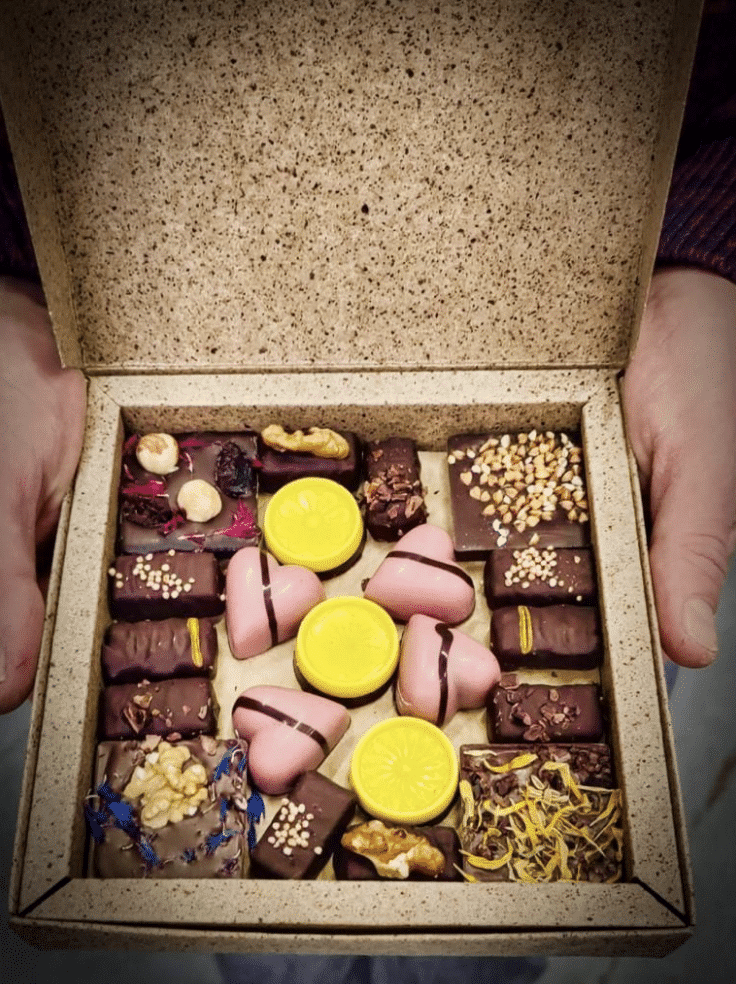
KUDO’S, CREDITS & INSPIRATION
The University of Leeds, Sheffield and York – Sustainable Consumption : green consumer behaviour when purchasing products.
Desjardin – Suitable Materials for presenting Chocolate, Biscuits & Confectionery
Interpack – More than Four Corners Wrapped in Paper
Life is a Box of Chocolates – photo credits Bomma Flora

